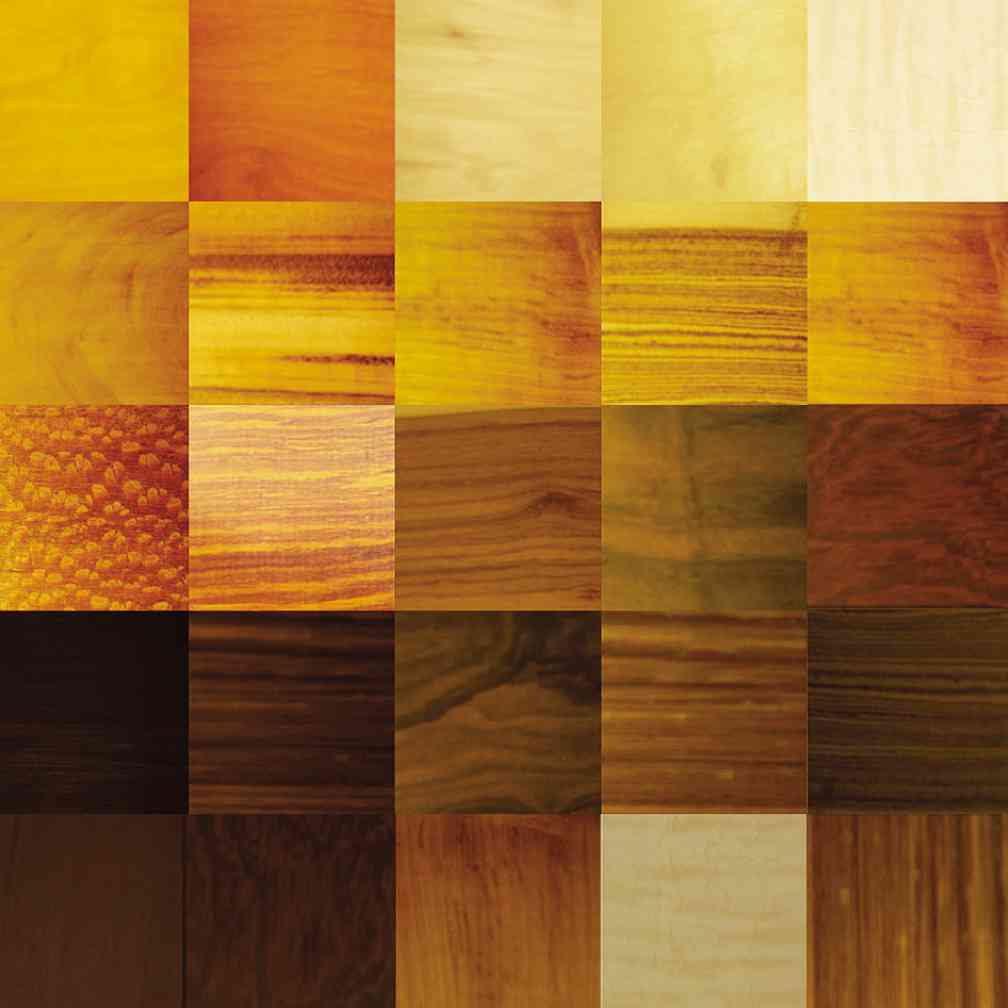Thin-skinned and gorgeous

WHILE solid wood is inarguably more premium, it is also more expensive and thus more costly to use in larger applications. Veneering allows the same beautiful timber to be used in larger areas, with a thin layer applied to a more stable substrate like plywood or fiberboards.
It can be used in a negative way, this term veneer, which connotes the outer or exterior face that disguises the ugly within. A façade. A fakery.
But in an industry meant to beautify, veneer is a magic word. Today, the term “veneer” automatically denotes wood panels made from thin slices of exotic, expensive, or hard-to-access wood species. Many years ago, it was a generic term that defined any thin layer of superior material applied to a base material or substrate. It is the aesthetic cover applied on the ordinary, the skin to make it beautiful.
Veneers were used long ago when ivory was cut into thin pieces to inlay onto tombs, or when tiles were made to add colored pattern to a crude building face. In ancient Rome, Persia and Japan, timber was sliced and worked into the faces of furniture pieces.
In the 17th century, the application of wood veneers became even more sophisticated. While veneering was employed to maximize the use of material, the technique also showcased the inherent features of wood itself, wherein the different color tones, the various run of the grains and the play of its luster, were assembled into furniture pieces or sophisticated wall features. These showcased not only the veneers, but the artistry and ability of the craftsman himself.
Effects
Article continues after this advertisementGrains were laid “bookmatched” or mirrored, like pages of a book—or against each other in a checkerboard pattern. They were also quarter matched into pie and sunburst patterns. Other effects include a “flame” and a “figure” where grains wriggled, and the knotty “burl” considered a disfigurement of the tree trunk.
Article continues after this advertisementVarious species of timber were used in one assembly and were composed to create works of art. More than just slices of timber, there were also decorative inlays and marquetry. During those days, the available materials were limited, and wood veneers were probably one of the few techniques in displaying ingenuity in the furniture and interior craft.
Since the 1970s veneering has come into the mainstream as a surfacing material. They are still used in classic furniture making, but have since expanded into more contemporary applications for interior architecture.
Structural issues
While solid wood is inarguably more premium, it is also more expensive and thus more costly to use in larger applications. Moreover, there are also structural issues: Thicker slabs of timber move with temperature and humidity and twist, warp and buckle. They can also shrink over time. Veneering allows the same beautiful timber to be used in more stable construction, by being applied to a more stable substrate like plywood or fiberboards.
Veneers can also be bent, like the bentwood furniture of the 1970s. They can turn wrap-around columns and, without their substrate, be used as an edging material on both straight and curved surfaces. In today’s market, wood veneers are sold in plywood-sized panels with larger pieces fabricated as special orders.
The durability of veneers relies on many factors: the thickness of the veneer, the way it was laminated on the substrate, and the surface finish applied. Commercially, the available thicknesses range from .55 mm to .6 mm, with the thicker ones obviously being less prone to scraping. Substrates vary according to use, but the proper lamination process—hot pressed with the right glue—lessens the risk of delamination. How many the layers of sealer and topcoats also spell the big difference in surface wear and tear.
Veneer work is not ordinary carpentry. If you want to use veneers, it would be best to engage a specialty contractor that has the expertise and equipment in executing the work. After all, you’d want the best value for any construction work, whether or not it’s only skin-deep.
Contact the author through [email protected] or through our Asuncion Berenguer Facebook account.